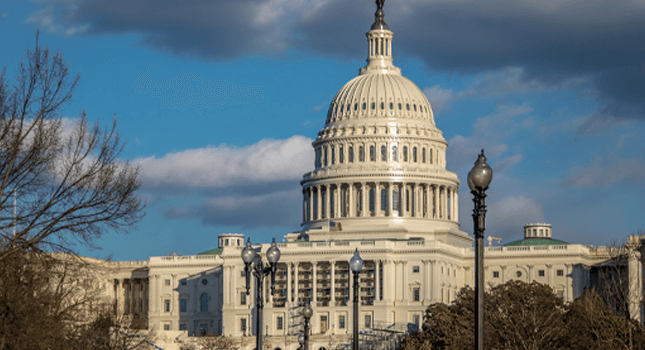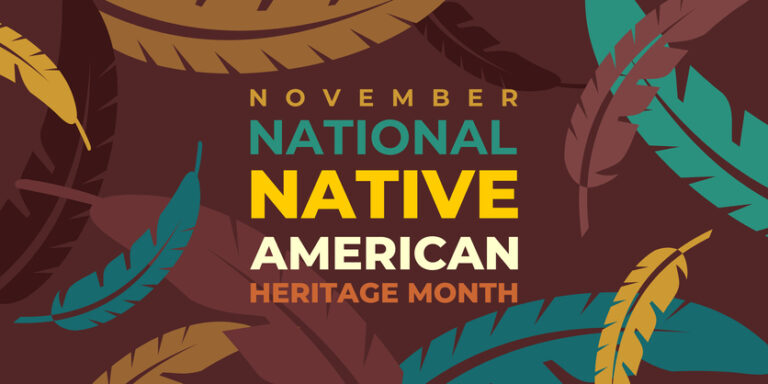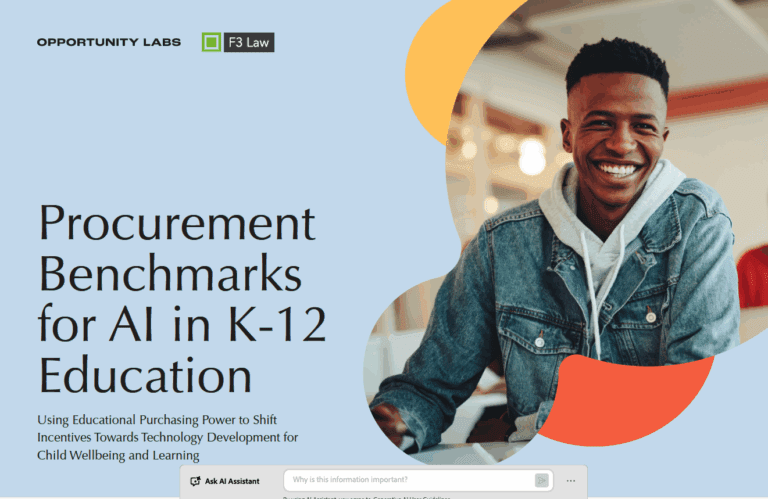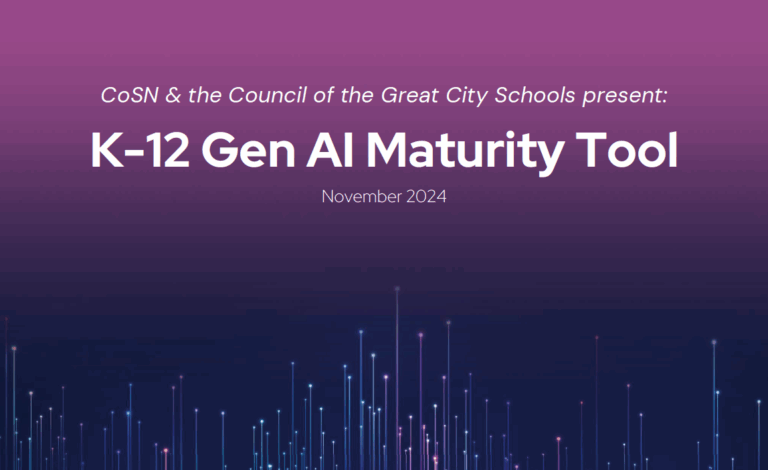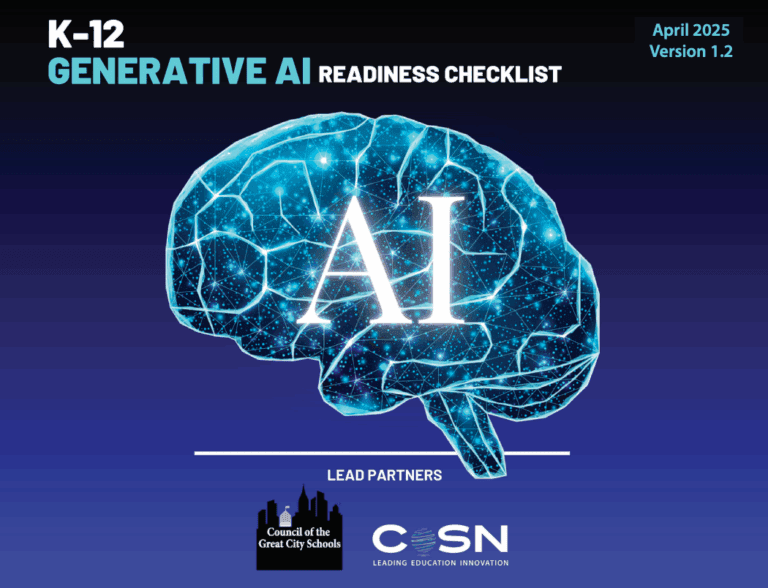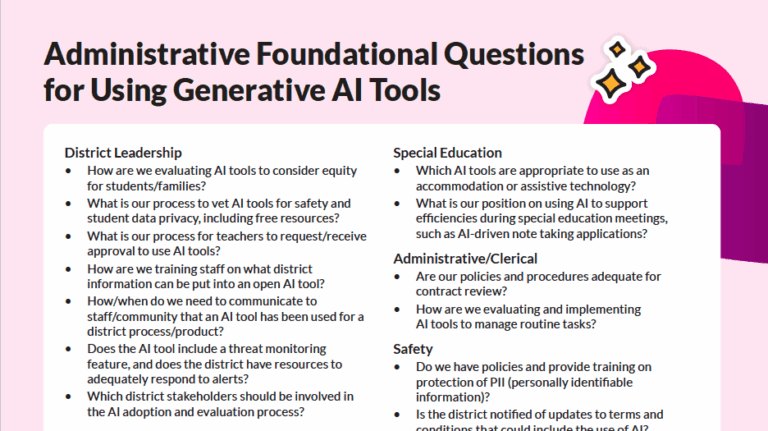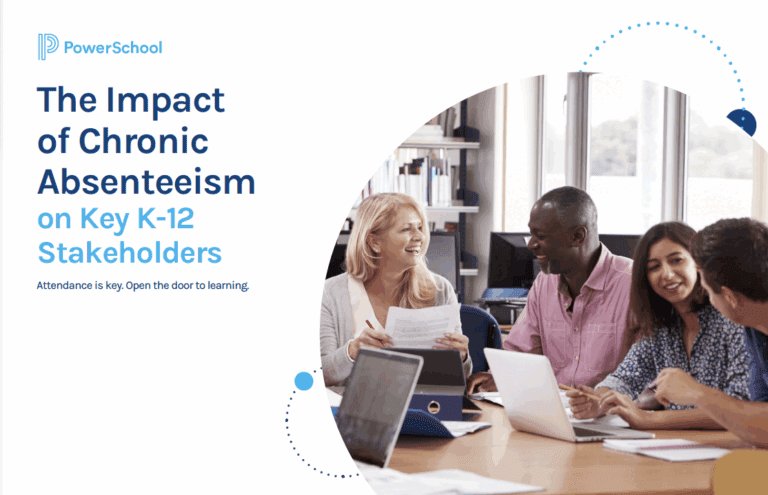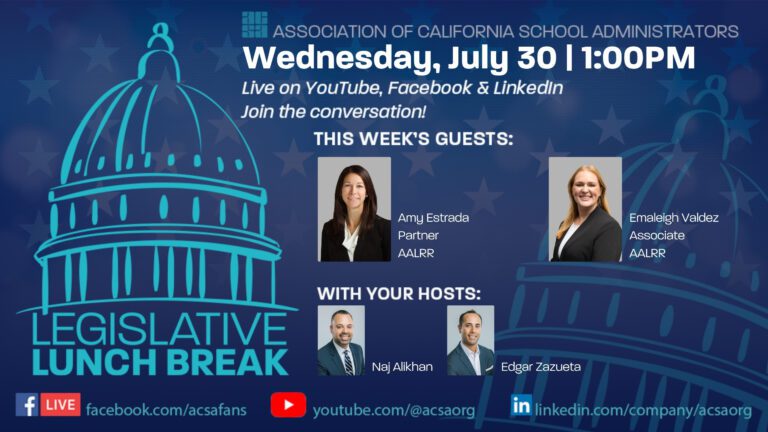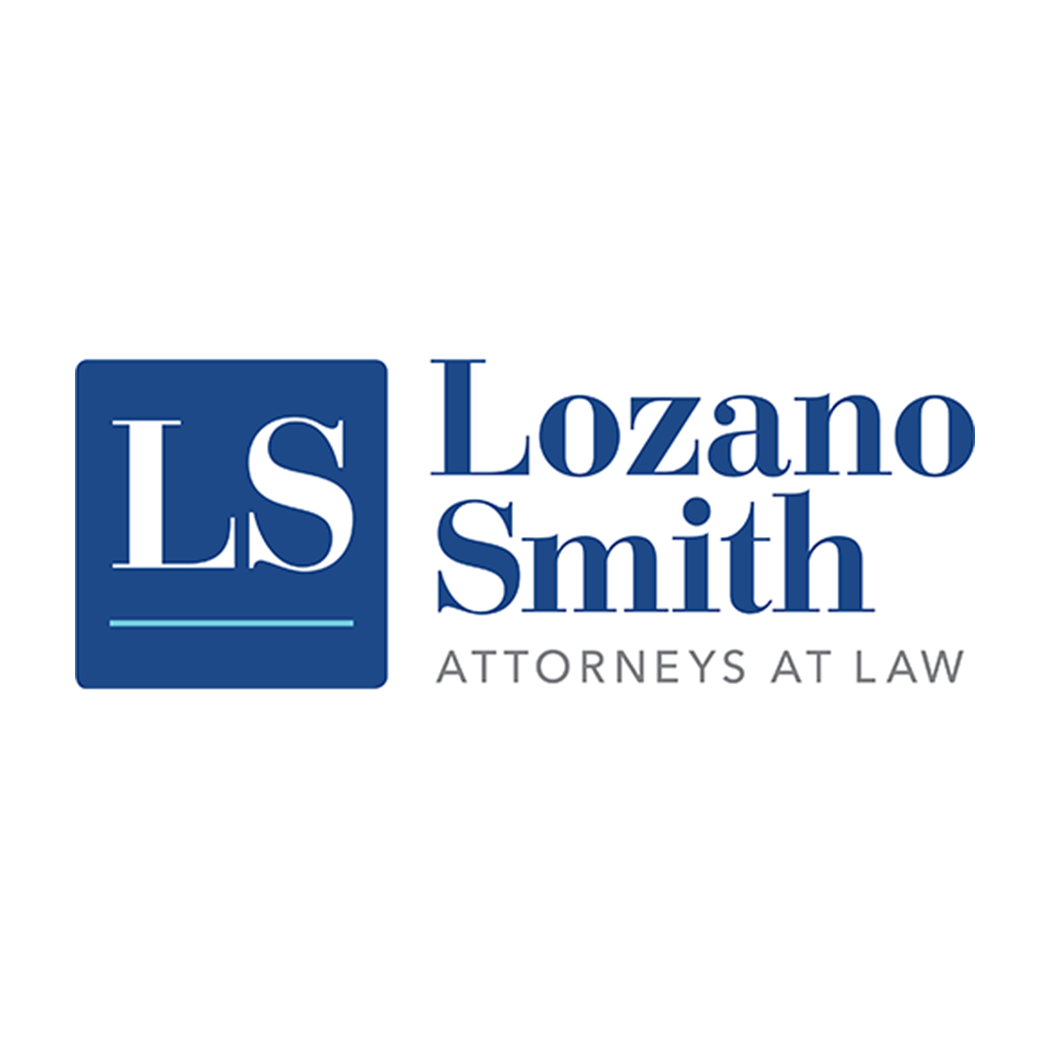This resource is provided by ACSA Partner4Purpose Lozano Smith.
As technology advances, public agencies are increasingly relying on websites, software, digital applications, and social media pages on various platforms to provide access to their services. With the increase in web-based content utilized by public agencies, and the growing use of and public reliance on such content for information, it is important for public agencies to understand the applicable legal requirements for content accessibility in accordance with the Americans with Disabilities Act (ADA).
On April 24, 2024, the Federal Register published a final rule from the Department of Justice (DOJ) setting website and mobile application accessibility standards under Title II of the ADA. This new rule requires that public entities’ websites and mobile applications comply with Web Content Accessibility Guidelines (WCAG) 2.1 Level A and AA by specific deadlines outlined below.
Background
Title II of the ADA prohibits state and local public agencies from discriminating on the basis of disability, and from excluding or denying qualified individuals with disabilities from participating in the benefits of their services, programs, and activities. But until now, Title II of the ADA did not include reference to any website accessibility standards that state and local agencies are required to meet. In California, however, Government Code section 7405 requires any public agency that receives State funding to meet the accessibility requirements under Section 508 of the Rehabilitation Act (Section 508). Section 508 requires that any California public agency that receives federal funding must conform their electronic and information technology to the WCAG 2.0 Level A and AA standards.
The DOJ’s final rule adopts a technical standard and increases these accessibility standards to WCAG 2.1, Level A and AA, which contains newer criteria and has more considerations relating to providing accessible content on mobile applications.
Compliance with the DOJ’s New Rule
The DOJ’s new rule amends portions of Title II of the ADA to provide definitions for terms such as “web content” and “WCAG 2.1,” and also adds Subpart H, which outlines the requirement that public agencies must ensure that their web content and mobile application content meet the level A and AA success criteria specified in WCAG 2.1. These standards require that the content on a public agency’s websites and mobile applications meet four basic principles:
- it must be perceivable (such as images providing alternative text descriptions and high contrast between the colors of text and the background);
- it must be operable (all functionality of the content is operable through keyboard);
- it must be understandable (content is easily readable and navigable); and
- it must be robust (compatible with a disabled person’s assistive devices such as e-readers).
Subpart H also provides the deadlines by which various public entities must meet such criteria. The compliance dates differ based on the total population within the jurisdiction of the public entity, or if the public entity is considered a “Special District Government.” Special District Governments include any public entity other than a city, county, township, or school district, and are authorized by State law to provide designated functions with sufficient administrative and fiscal autonomy to qualify as a separate entity.
For school districts, the population size is determined based on the population size of the corresponding city or county that the district serves as follows:
| Population Size of Public Entity | Compliance Date |
| 50,000 or more persons | April 24, 2026 |
| 0 to 49,999 persons | April 26, 2027 |
| Special District Governments | April 26, 2027 |
Exceptions to the Rule
There are five (5) specific exceptions from compliance with the WCAG 2.1 standards:
- archived web content;
- conventional electronic documents that exist prior to the compliance date of these standards;
- content posted by a third party;
- individualized, password-protected or otherwise secured conventional electronic documents; and
- social media posts that exist prior to the compliance date of these standards.
Takeaways
While the DOJ’s compliance period for public agencies is still two to three years away, it would be prudent for such entities to start engaging their IT staff or contractors responsible for maintaining their websites and mobile applications, to ensure that their web content currently meets WCAG 2.0 standards and are prepared to ensure compliance with WCAG 2.1 standards prior to the compliance dates referenced above. It is important to note that web content is not limited to websites and mobile applications, but also social media posts on official accounts such as YouTube, Facebook, or other social media sites. This content (i.e., videos, flyers, photos, updates, etc.) must also meet the WCAG 2.1 standards. Informing and training staff responsible for posting on official social media accounts to ensure accessibility is recommended. Getting ahead of the curve for website accessibility will greatly decrease a local entity’s exposure to inaccessibility claims under Title II of the ADA.
If you have any policy considerations or questions about accessibility standards for website and mobile application content under Title II of the ADA, please contact any attorney at one of Lozano Smith’s eight offices located statewide.




